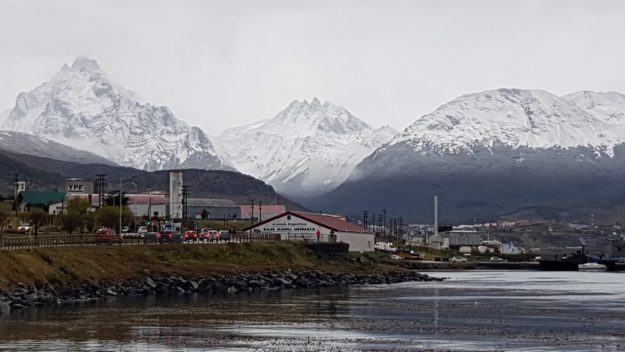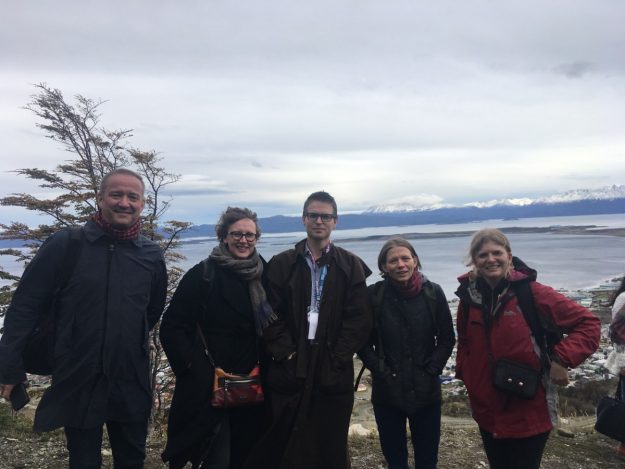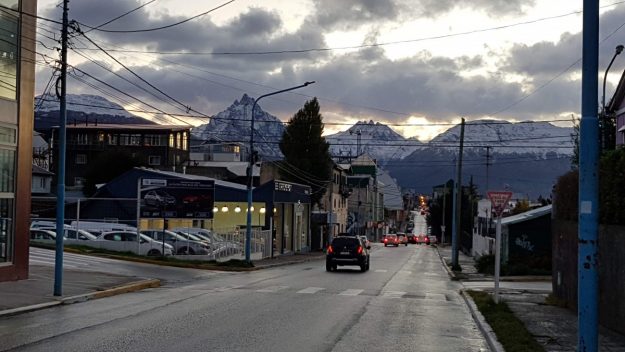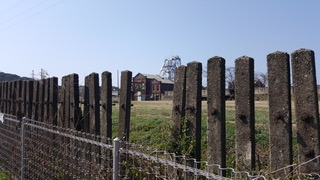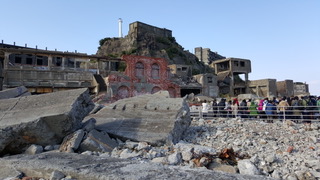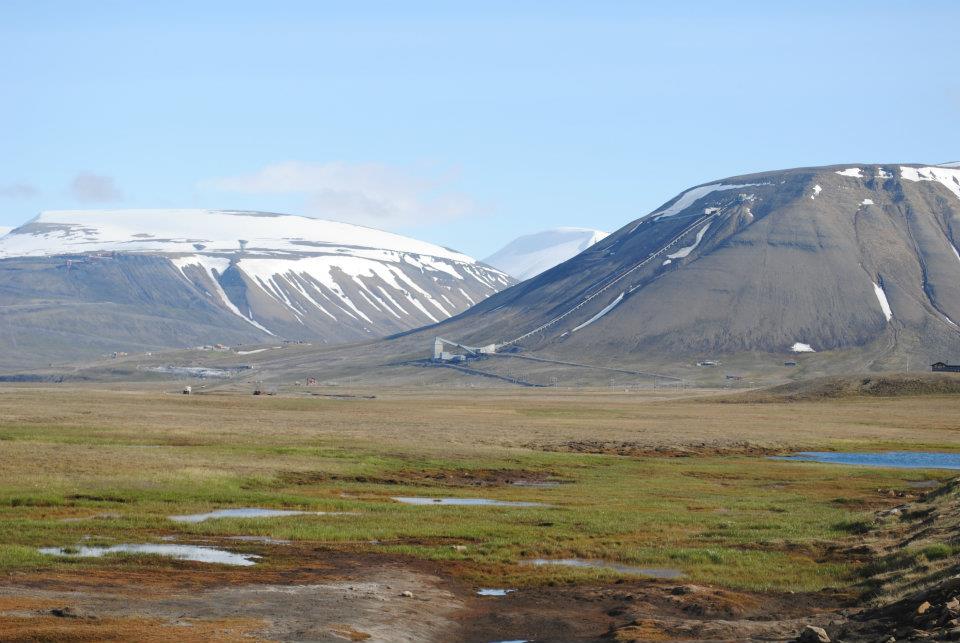Linking Research and Innovation on Waterfront through Technology for Excellence of Resilience to face Climate Change

The shrink of bio-diversity, unprecedented climate swings and the raising costs of maintenance are symptoms of a planet struggling with Climate Change. To reestablish a healthy condition, cities seek to develop strategies of adaptation to make the built environment more resilient to face floods, droughts, high tides, tropical hurricanes and urban heat islands effect. Resilient urban environments are able to face the present challenges like sponges are able to absorb without degrade.
The concept of sponge implies porosity, urban waterscapes, sustainable strategy and cultural heritage. It requires a shift in the way cities have been designed in terms of dealing with Green infrastructure; planning with nature; regionalization, infrastructure; transportation; sustainable urban development and circular economy. Sponges take and give, they are passive and active and open a new realm of opportunities. Which urban strategies should be implemented? How solutions to adapt and mitigate will be able to enhance the resilience of cities?
Sustainable open solution on waterfront, facing climate change emerges from interdisciplinary and comparative cases to preserve the setting/world/locality. Recent research that proposes innovative resilience methodologies is also increasingly relevant.
Call for papers
SOS Climate Waterfront invites original high-quality papers presenting current research, accommodating a broad spectrum of approaches ranging from speculative, informal investigations to conventional scientific research, including but not limited to the following topics:
- Sustainable strategy and Cultural heritage
- Urban waterscapes
- Porosity
This is a call for a peer reviewed book. Paper acceptance will be subject to a two-stage reviewing process, consisting of an initial abstract review and a later double-blind peer review of full-length manuscripts. The paper publication will be subject to review acceptance, compliance with submission deadlines and formatting guidelines.
OS Climate Waterfront Editorial Board
Pedro Ressano Garcia Lusófona University of Humanities and Technologies
Maria Rita Pais Lusófona University of Humanities and Technologies
Claudia Mattogno La Sapienza University of Rome
Tullia Digiacomo La Sapienza University of Rome
Lucyna Nyka Gdansk University of Technology
Justyna Borucka Gdansk University of Technology
Alkmini Paka Aristotle University of Thessaloniki
Anastasia Tzaka Aristotle University of Thessaloniki
Katarina Larsen KTH Royal Institute of Technology in Stockholm
Lina Suleiman KTH Royal Institute of Technology in Stockholm
Call for Papers as PDF – Details of How to Apply
*Photo by Mathias Wichman, Unsplash



